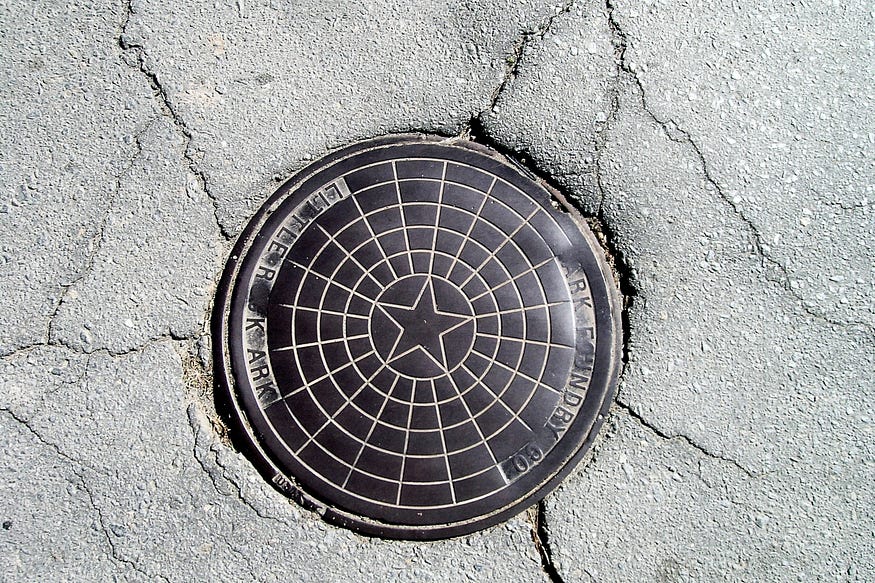Are Non-Fungible Tokens Really Real?
That is the big question being asked by a lot of people who are interested in what they are, how they possess value, and why someone would buy them. The other version of the inquiry is: They are nothing, are worthless and stupid.
The truth lies somewhere in between worth a great amount and worthless. One must first define the parameters of worth. There is financial worth, personal worth, potential worth, and intrinsic worth. Worth in the personal aspect relates to such things as do I like what is being offered and what would I do to possess it?
One acquires a thing on the basis of the emotional benefits of having it. Take a painting by a starving artist for example. I give the artist a few dollars for something he/she might have dedicated a couple of hours to create. I buy it because i like it and want to display in in my home. It will never be more valuable than what I paid for it. In the long-run it may end up in my basement or attic or out for sale at the neighborhood yard sale. In the end, my family may put in in the trash when cleaning out my house when I die.
Potential worth can only be measured in retrospect. Great works of art by famous painters have been found at flea markets, in basements, attics and barns. Suddenly, the finder is wealthy beyond any imagination. Van Gogh traded some of his paintings for breakfast at the local pub or cafe when he was unknown. Later on someone with money decided the work was great and collectors would want to possess it. Only because it was a Van Gogh did it have value. The painting in and of itself was merely canvas and paint. Only because someone else with more money wanted it was its worth increased.
The concept of intrinsic worth is a difficult one to master. If you cannot eat it or "sleep with it" or heal yourself with it, there is little in the way of intrinsic value in the thing. One might say that gold has intrinsic value whereas a paper dollar does not. But there are societies which assign no value to any such pretty metal, mineral or crystal. What does have value is what you can do with the item.
As a log time photographer I began my time shooting Panchromatic B&W film with a 35mm SLR camera. Most of my early images were of the B&W variety. Then I became a bit more wealthy and could pay to develop and print color film and paper. Once the pixel density of digital cameras exceeded 1 megapixel, I embraced the digital revolution. I could shoot hundreds of frames at nearly no cost and hold them indefinitely. With a large format color printer I could produce big colorful prints for a dollar or two. Interestingly enough, my B&W versions of digital images and some of my older prints from B&W negatives generated greater interest.



When a person chooses to collect a picture, the collector must decide whether the purchase is for financial gain, personal enjoyment or both. Possessing art is a double edged sword. You might own a piece of great cost but the possess it one must have it crated, transported by secure vehicles and delivered to your home (or designated location) which then must be made ultra secure, insured and guarded. No matter who owns the Mona Lisa it will continue to hang in the museum for the public to gaze upon. That owner can sell it or use it as collateral for other transactions.
A person buying a house really only owns the Title to the house since except in a few circumstances the buyer cannot move it. He can enjoy it or merely hold the Title until someone offer an acceptable price.
Here is where the concept of #NFT comes into play. I have a photograph I took and is not capable of being taken again. The subject is gone. You can buy the "title" to my picture and maybe someday can sell it for a profit. Meanwhile you can bask in the warmth of ownership and have bragging rights to being the owner of an original "Robert Carlson Photography" before he became famous. (You can do that be visiting my OpenSea #NFT collection and putting al offer on some of my photos.)
The concept of #NFTs is new enough that most people do not fully understand or appreciate it. Just like anything which can be bought and sold, these items are no different. They have an initial offering price. They can be sold for more or less than the purchase. Here is the wonderful part of the equation.
If in 2008 I offered you two dollars in cold hard cash (8 quarters for example) or One Bitcoin, which would you have taken? I'll bet you would have taken the 8 Quarters. Today those 8 coins would be worth leas than $1.80. If you had kept the Bitcoin you'd have $34,614.10 (at 1:00 pm January 22, 2022) and at one time would have been over $68,000 (Nov 10, 2021).
Your dollar currency will only lose value due to inflation whereas the Cryptocurrency versions of money can lose or gain value. The same conditions apply to art and more specifically #NFT versions. To sell a physical piece of art you need to present it to the buyer either directly or through a broker or auction house. They will take a percentage of the sale price. Ultimately, that piece will need to be delivered to the buyer. The digital version can be passed by a few instructions on a computer.
At the bottom of the ledger, worth and value are in the eye of the beholder and his willingness to trade what he has for what you have to offer.














